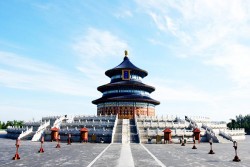

Introducing UNESCO World Heritage Sites in Beijing
Beijing had been the capital city of Yuan (1279-1368), Ming (1368-1644) & Qing (1644-1911) Dynasties lasting for more than 700 years. The Great Wall of China, the Forbidden City, and Peking-man Site at Zhoukoudian were inscribed on the UNESCO World Heritage List in 1987. The Summer Palace and Temple of Heaven, were inscribed on the UNESCO World Heritage List in 1998. The Imperial Tombs of the Ming and Qing Dynasties were listed in 2003. Each of Beijing's UNESCO World Heritage Site has a tale to tell. Join GoGrandChina tour packages to learn the tales of each of Beijing's UNESCO World Heritage Sites at the most affordable prices.
The Great Wall of China
In c. 220 B.C., under Qin Shi Huang, sections of earlier fortifications were joined together to form a united defence system against invasions from the north. Construction continued up to the Ming dynasty (1368–1644), when the Great Wall became the world's largest military structure. Its historic and strategic importance is matched only by its architectural significance. Get more about the Great Wall of China at Mutianyu.
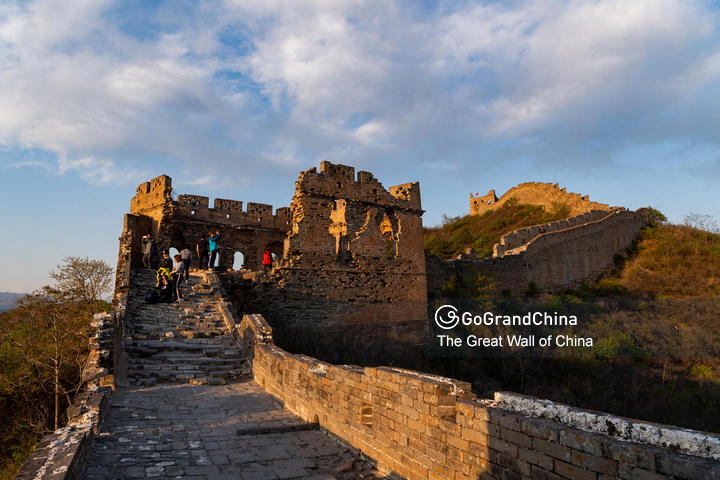
The Forbidden City
As the royal residences of the emperors of the Ming and Qing dynasties from the 15th to 20th century, the Forbidden City in Beijing was the centre of State power in late feudal China. The Imperial Palace of the Ming and Qing Dynasties in Beijing was constructed between 1406 and 1420 by the Ming emperor Zhu Di and witnessed the enthronement of 14 Ming and 10 Qing emperors over the following 505 years.Get more about the Forbidden City.
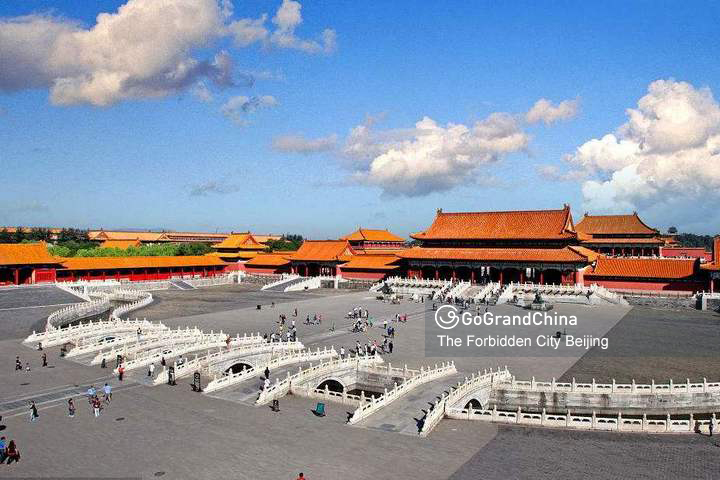
The Summer Palace
The Summer Palace in Beijing – first built in 1750, largely destroyed in the war of 1860 and restored on its original foundations in 1886 – is a masterpiece of Chinese landscape garden design. The natural landscape of hills and open water is combined with artificial features such as pavilions, halls, palaces, temples and bridges to form a harmonious ensemble of outstanding aesthetic value. Get more about the Summer Palace.
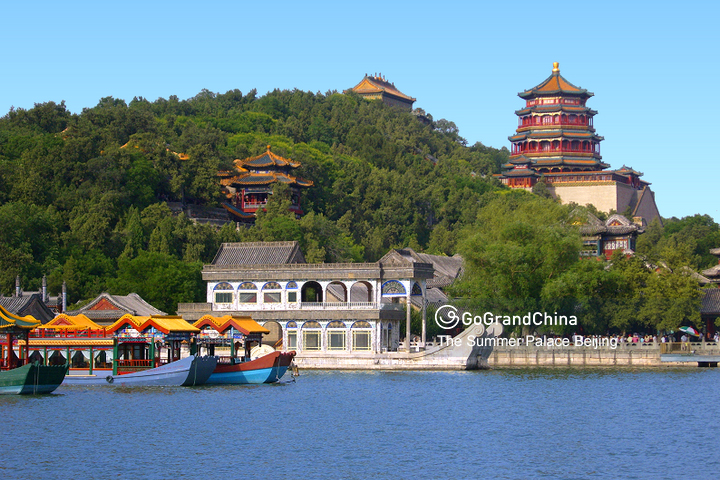
The Temple of Heaven
The Temple of Heaven, founded in the first half of the 15th century, is a dignified complex of fine cult buildings set in gardens and surrounded by historic pine woods. In its overall layout and that of its individual buildings, it symbolizes the relationship between earth and heaven – the human world and God's world – which stands at the heart of Chinese cosmogony, and also the special role played by the emperors within that relationship. Get more about the Temple of Heaven.
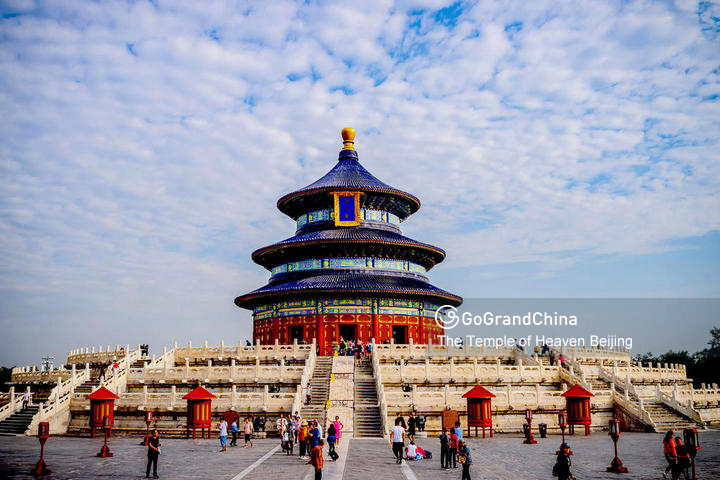
Imperial Tombs of the Ming and Qing Dynasties
The Imperial Tombs of the Ming and Qing Dynasties were built between 1368 and 1915 AD in Beijing. The Ming and Qing imperial tombs are located in topographical settings carefully chosen according to principles of geomancy (Fengshui) and comprise numerous buildings of traditional architectural design and decoration. The tombs and buildings are laid out according to Chinese hierarchical rules and incorporate sacred ways lined with stone monuments and sculptures designed to accommodate ongoing royal ceremonies as well as the passage of the spirits of the dead. They illustrate the great importance attached by the Ming and Qing rulers over five centuries to the building of imposing mausolea, reflecting not only the general belief in an afterlife but also an affirmation of authority. Get more about Ming Tombs.
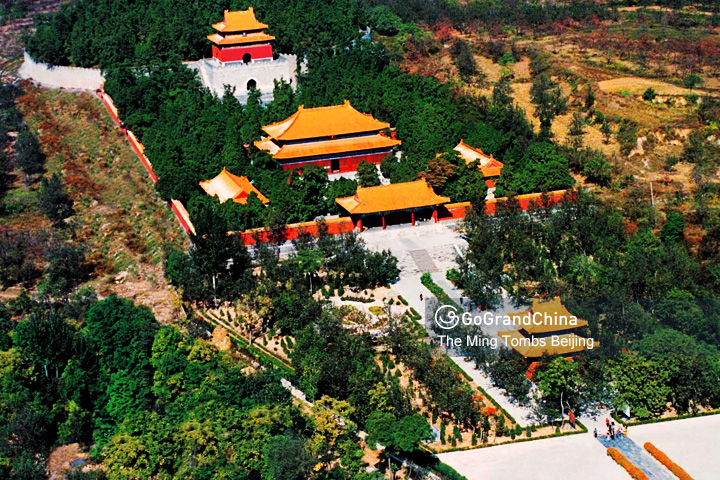
Peking Man Site at Zhoukoudian
Scientific work at the site, which lies 42 km south-west of Beijing, is still underway. So far, it has led to the discovery of the remains of Sinanthropus pekinensis, who lived in the Middle Pleistocene, along with various objects, and remains of Homo sapiens sapiens dating as far back as 18,000–11,000 B.C. The site is not only an exceptional reminder of the prehistorical human societies of the Asian continent, but also illustrates the process of evolution.